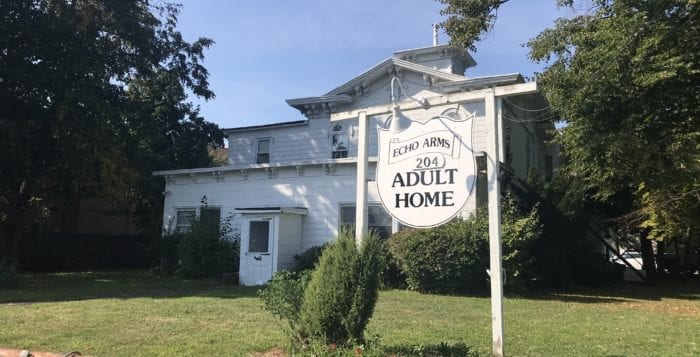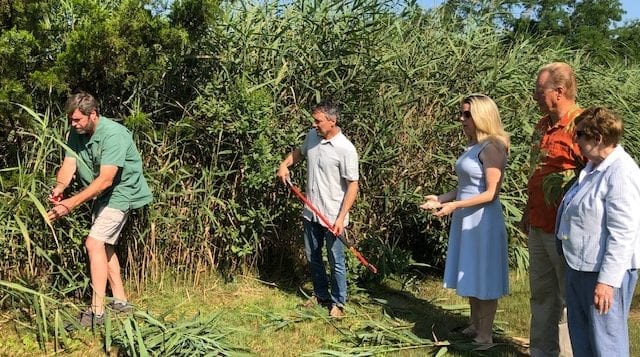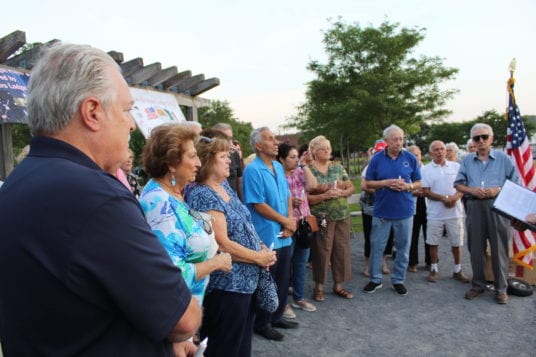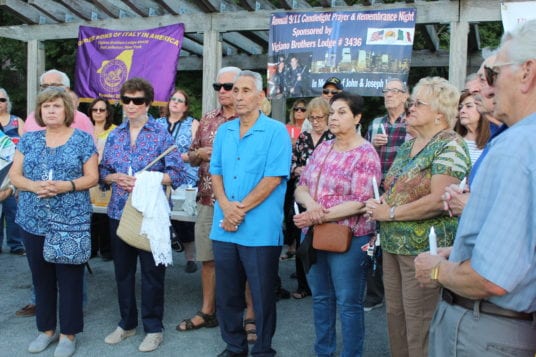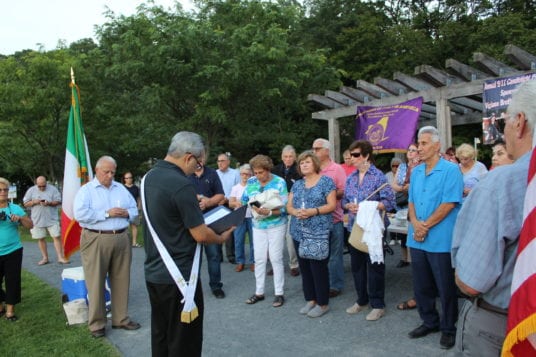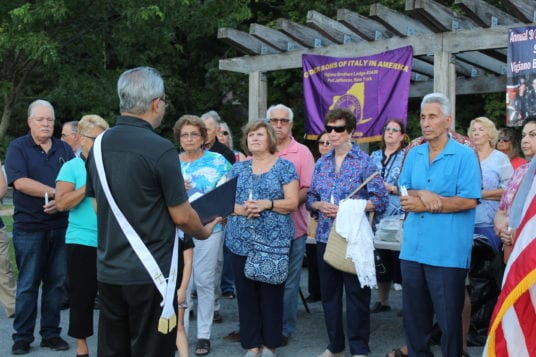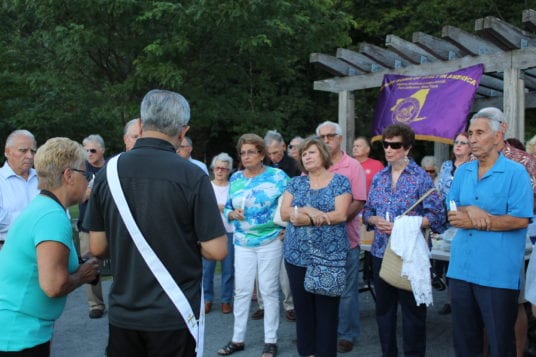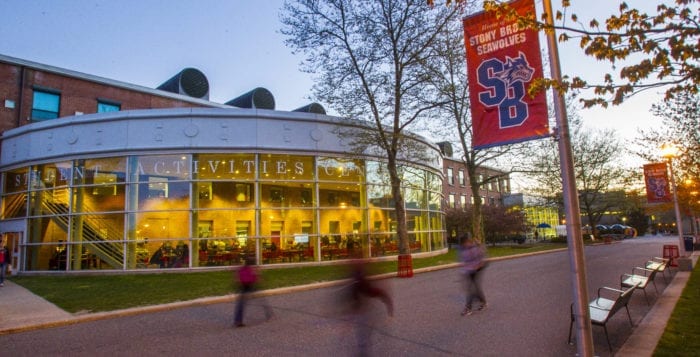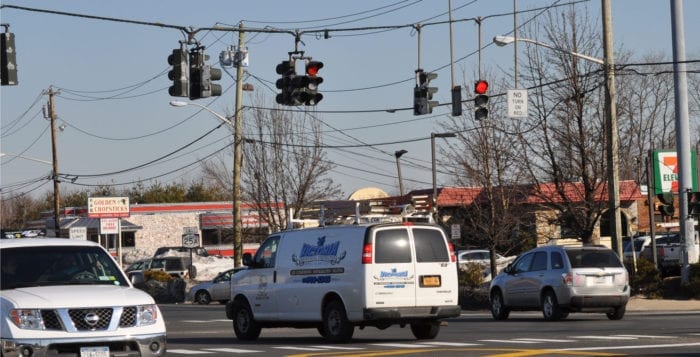As census data suggests the number of Americans ages 65 and over is projected to nearly double from 52 million in 2018 to 95 million by 2060, some argue there has been an increased need for more assisted/senior living facilities.
In New York State, licensed assisted living facilities receive government funding known as SSI, or Supplemental Security Income, which helps pay for services for seniors, including room, board, 24-hour supervision, medication assistance, case management and personal care assistance. New York State also supplements the federal SSI with additional payments through its Supplemental Security Program (SSP).
“For lower-income and disabled individuals there are no other choices for them.”
— Harry Katz
Some local assisted care directors say the money is too little to care for an increasing demographic.
Harry Katz, administrator of Echo Arms Adult Home in Port Jefferson Station, said he runs one of the largest facilities in Suffolk County that exclusively accepts SSI/SSP individuals.
“If SSI doesn’t change it will jeopardize a number of facilities on Long Island like mine,” he said. “For lower-income and disabled individuals there are no other choices for them.”
Though facilities in the state have said it has become increasingly difficult to pay for care of lower-income elderly, as the state has not increased its supplemental payment income for facilities in 12 years.
Empire State Association of Assisted Living, a nonprofit organization whose stated goal is to strengthen New York State’s assisted living network, said due to the state not increasing the amount it will restrict senior’s access to this type of care. Currently, there are over 12,000 seniors living in SSI adult care facilities across the state.
ESAAL serves more than 280 licensed assisted living residences, adult homes and enriched housing programs throughout the state. Some other locations in Suffolk County include Fairlawn Adult Home in Northport, Atria South Setauket and Maryville Assisted Living in Smithtown.
According to ESAAL and Katz, the current SSI rate is less than $45 per day, which barely covers one half of a shift of one aide employed by an assisted living facility.
Katz, who oversees 13 other employees at his facility, said he believes the state should increase funding so he and others can continue to provide these valuable services to seniors.
“These are their homes, I’ve had residents who have lived here [Echo Home] for close to 20 years,” he said.
Katz and others have reached out to elected officials to help their cause, but he said Albany remains stagnant in trying to increase funding.
Back in 2018, current Democratic U.S. Rep. Anthony Brindisi, while then a state assemblyman, introduced a bill (A6715B) that would increase the SSP that adult care facilities receive. In order to ensure that these services continue to be available to low-income SSI recipients. The bill passed both the Assembly and Senate but was ultimately vetoed by Gov.Andrew Cuomo (D). ESAAL is requesting that NYS increase the current SSI rate to $61 in the 2020-21 state budget.
The administrator said it is also about educating people on what their organization does every day, as well as what kind of services these facilities provide.
“These are a vulnerable group of people, these homes are providing a very good function,” he said.
Katz said for many facilities like his, the increase of operation costs, wages and other factors in addition to the current SSI funding has made it difficult for some operators to continue to run its services.
“Many facilities unfortunately are moving in that direction, he said. “The edge is coming closer for us, if nothing happens.”

